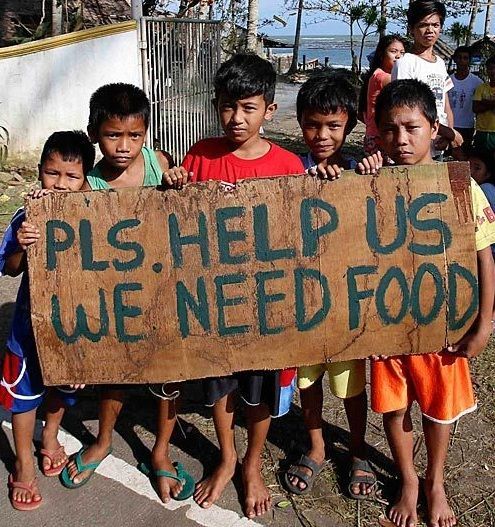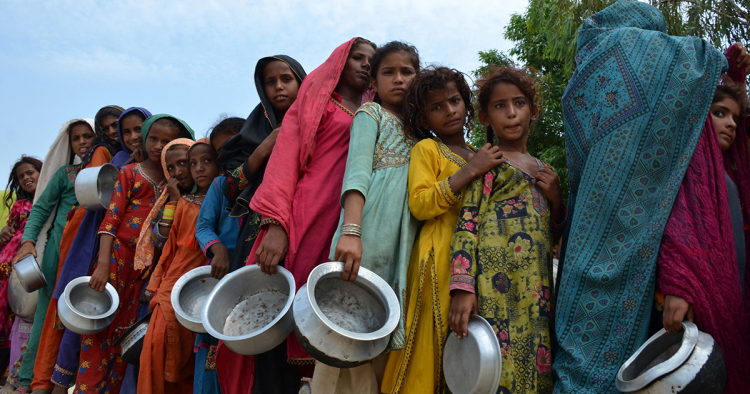
Developed countries in North America and Europe also witnessed a slight rise in food insecurity in 2022
By Peoples Dispatch
Anywhere between 691 million and 783 million people across the globe faced hunger in 2022, according to this year’s State of Food Security and Nutrition in the World report published by five specialized agencies of the UN on Wednesday, July 12.
As per the report, even with the mid-range figure of 735 million, around “122 million more people faced hunger in 2022 than in 2019, before the pandemic,” despite the fact that “hunger is no longer on the rise at the global level.”
The report was prepared by the Food and Agriculture Organization (FAO) of the UN, along with the International Fund for Agricultural Development (IFAD), United Nations Children Fund (UNICEF), World Health Organization (WHO), and World Food Program (WFP).
The report records that 9.2% of the world’s population faced chronic hunger in 2022, compared to 7.9% in 2019. The figure is slightly better than 2021 when it stood at 9.3%.
Sustainable Development Goals will be missed
The report claims that if drastic measures are not taken and the current level of hunger and the pace of its reduction remain static, it is likely that the UN’s Sustainable Development Goal (SDG) of ending hunger in the world by 2030 will be missed.

Multiple SDG goals were established by the UN in 2015, each having different but related sub-goals or targets. For example, elimination of hunger, Goal 2, also talks about nutrition, food security and food production, among other issues. According to the projections made in the report, it is estimated that at the current rates, there will be at least 600 million hungry people in 2030.
Crucially, the report makes the claim that while the global fight to end hunger faced a crisis due to the outbreak of COVID-19 and the ongoing war in Ukraine, the world was anyway way off course to achieve the SDG 2 targets. While these events may have increased the number of total hungry people, an estimated 500 million people would still have been be hungry by 2030 even otherwise.
The report underlines that the major drivers of food insecurity, malnutrition and hunger are conflicts, climate extremes, economic slowdowns, and growing inequality, and there is little likelihood of any of these issues being fully resolved in the near future. On the other hand, the report notes that recent conflicts and price rise have tempered the “encouraging signs of economic recovery from the pandemic and projections of a decline in poverty and hunger” that were recorded earlier.
Food insecurity on the rise everywhere except Latin America
Chronic undernourishment is defined as hunger, whereas the individual’s inability to obtain food is termed food insecurity. There are different levels of food insecurity related to how often and for what duration an individual is unable to obtain food.
As per the report, progress was made in reducing hunger in most parts of Asia and Latin America. However, West Asia, the Caribbean, and Africa continued to see a rise in hunger. It estimated that around 20% of Africa’s total population faces hunger, followed by 8.5% in Asia, 6.5% in Latin America and the Caribbean, and 7% in Oceania.
In terms of food security and access to safe, nutritious, and sufficient food for all, the situation is even worse. Around 29.6% of the world’s total population, or around 2.4 billion people, were moderately or severely food insecure in 2022, a whopping 391 million more than in 2019.
The report also notes that more than 3.1 billion people across the globe, or around 42% of world’s population, have no capacity to access a healthy diet.
Africa, North America, and Europe recorded a slight increase in the number of food insecure people in 2022, while Asian countries recorded a slight improvement. Latin America showed significant improvement in addressing food security in the same period, indicating that the kind of policy adopted by individual states and supported by the international community can bring drastic positive results.
As Alvaro Lario, head of the IFAD, said, “A world without hunger is possible. What we are missing is the investment and political will to implement solutions at scale. We can eradicate hunger if we make it a global priority.”
_________________
Courtesy: Peoples Dispatch (Posted on July 13, 2023)